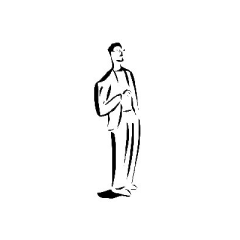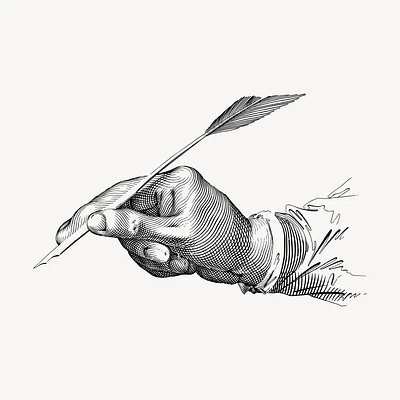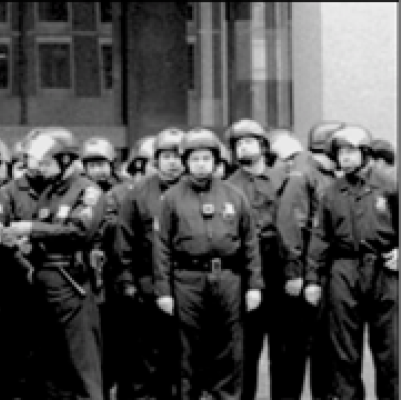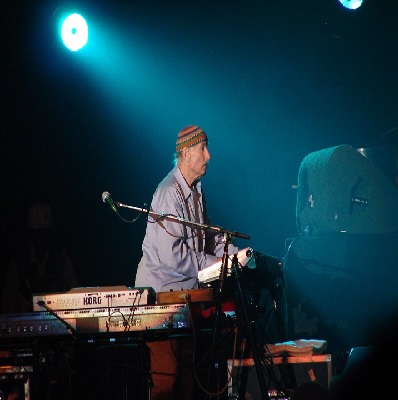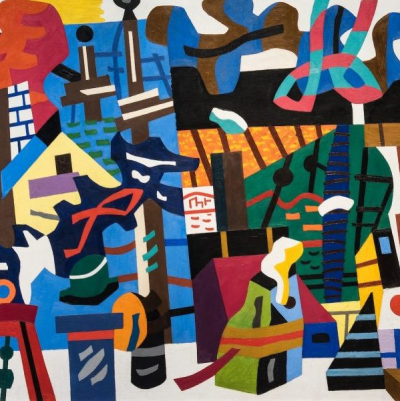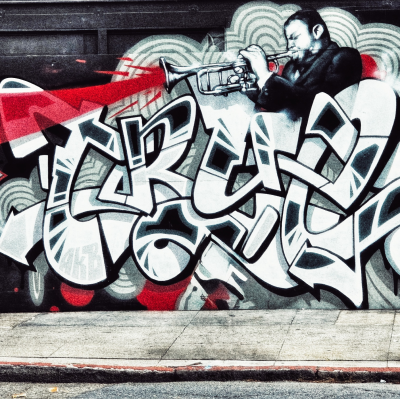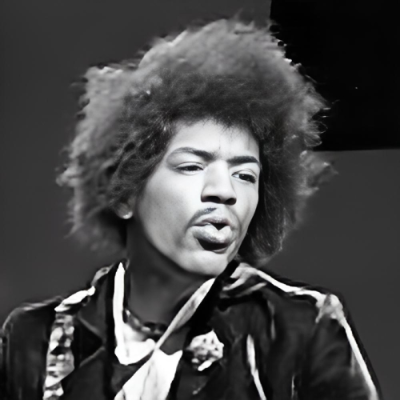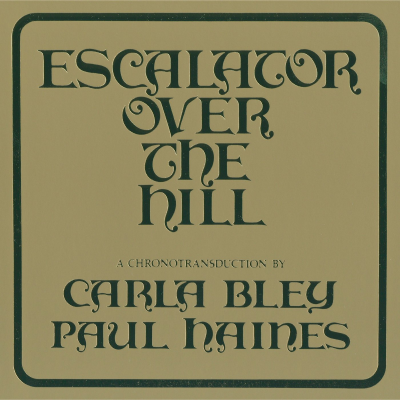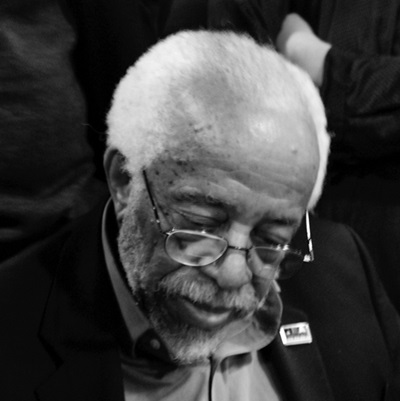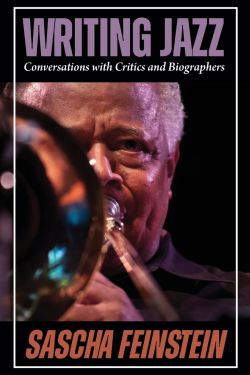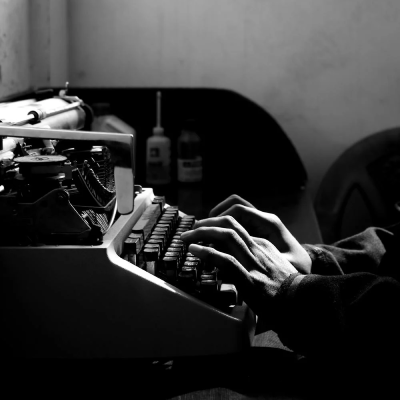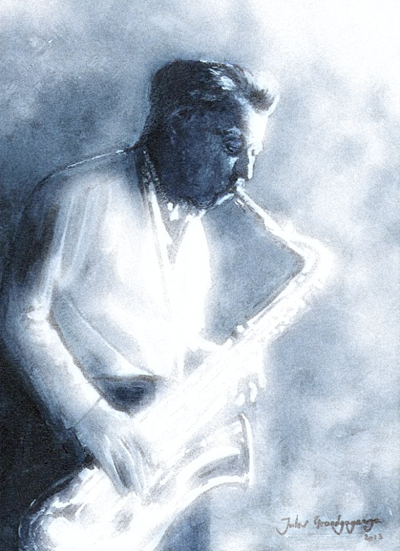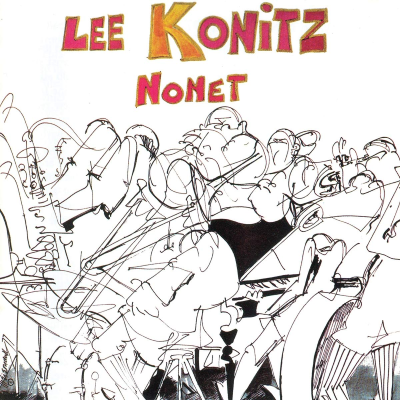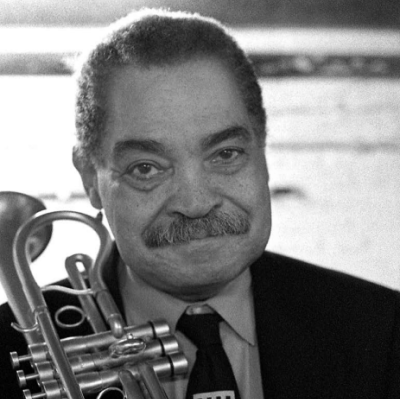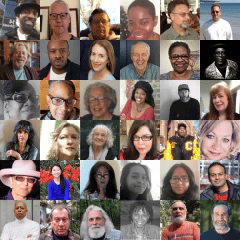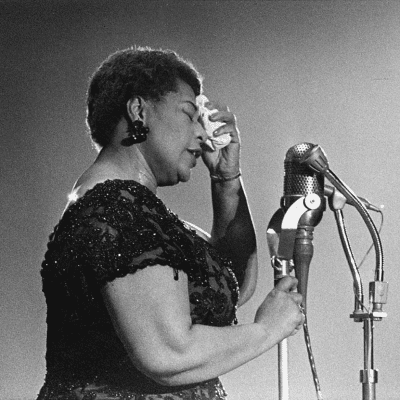.
.
Associated Booking Corporation/James Kriegsmann, New York, via Wikimedia Commons
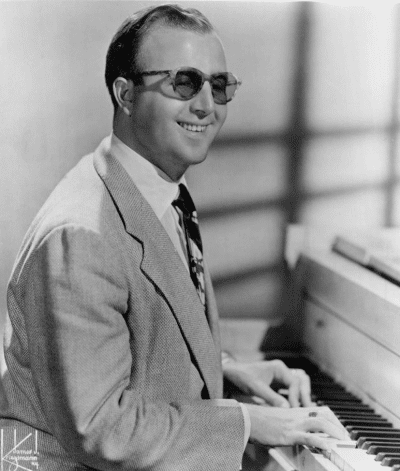
George Shearing, 1959
.
___
.
An Evening With George
by Terry Sanville
.
…..Our local symphony needed to hire three sidemen for an evening concert with jazz legend, George Shearing. Myself, The Chief who played trumpet, and a young man who played flugelhorn got the jobs. In the early 1980s I played guitar as a ringer for the Cal Poly University Jazz Band. Although I wasn’t enrolled as a student, I had graduated from Cal Poly a dozen years before and worked as a city planner for San Luis Obispo. I guess The Chief, our bandleader, just liked my playing. A quiet man, he used to be a train engineer, hence the moniker. We’d become friends.
…..Now symphony orchestras don’t have a guitarist chair. But Shearing’s music called for one to perform with the orchestra on two of his compositions. The day before the concert we had an afternoon rehearsal with George and his bassist. The sheet music was passed out and we read down the tunes, all original compositions with nothing much standard about any of them. My playing that afternoon seemed ragged and I felt exposed, since most of the symphony laid back during the sections I covered.
…..After the rehearsal, I felt stupid asking The Chief questions, but plowed ahead anyway.
…..“So what’s the dress code for this gig?”
…..“Black tie.”
…..“But . . . but I don’t own a tux.”
…..“Just wear a dark suit. You’re in the back where nobody sees you.”
…..I breathed a sigh of relief. At least if I messed up, the audience probably wouldn’t notice. I didn’t own a dark suit; a dark suede sports coat, tie and slacks would have to do. But I was determined to play perfectly and practiced until I had my parts more-or-less memorized.
…..The night of the concert I showed up an hour early. I’d wiped down my Yamaha Twin amplifier with polish and its black covering glowed like new. I could see my reflection in the sunburst finish of my electric guitar, a Gibson ES 175, a cutaway jazz instrument like the one Joe Pass used. If only I could play like Joe.
…..That night, George Shearing played a black Steinway grand piano that rested on a riser in front of the orchestra. His bassist played a 7/8-scale bass, a monstrous instrument that came in an equally large case that looked like it could take a direct hit from a speeding train and not break.
…..The evening concert took place in our community college’s gymnasium. The place still echoed with the yells and screams from recent basketball games. The gym slowly filled with jazz aficionados, lots of folks with graying hair who probably remembered George’s popular song “Lullaby of Birdland“ from 1952.
…..The house lights dimmed and spots illuminated the risers. Symphony members and myself clicked on the lamps on our Manhasset music stands. A man dressed in a dark suit approached the Steinway. The audience began to applaud, but it died quickly when he reached down and struck a single piano key. The guy was the “tuner” and all the string and horn players adjusted their instruments to match the key. I hurried to tune my Gibson, worried that the nearly new strings would go flat in the warm gym. The man gave a slight bow before leaving and the crowd chuckled.
…..Without introduction, George Shearing was escorted to the piano, wearing sunglasses and walking confidently, without the mannerisms that some blind people display. After settling onto the piano bench he immediately began to perform classical music. For a moment I thought I had slipped into the wrong concert. He played flawlessly for maybe twenty minutes, showing great chops. I had read that many renowned jazz musicians had extensive classical training.

The author’s Gibson
…..George stopped playing and introduced his bassist who joined him on the risers. The audience applauded. After a quick tuning of the monster bass, they began to perform George’s compositions; some of them included vocals. While his piano work sounded wonderful, his voice sounded on par with maybe Leonard Cohen’s, with the lyrics far behind. I think I decided around that time to put my own voice in a drawer and stick to guitar playing. (I now only bring it out for special occasions, like funerals.)
…..I felt mesmerized by the duo’s performance. Shearing never hit a bad note and the bassist played arpeggios as rapidly and fluidly as George on the piano. It came time for me to play. In the breaks between numbers I had quietly tuned my guitar and waited, my legs shaking. I stared at the sheet music, watching the measures flow by until my part arrived. I stroked the chord right on time, the orchestra laid back, and I focused on even playing at a consistent volume, making all the kicks at the right places. Forty-eight measures later I was done. I don’t think I breathed the entire time. The second number had more of a bluesy feel and I completed my part without error.
…..Before the gig, I had fantasized about playing a solo with George . . . He and his bassist bend over their instruments, intent, playing slow blues. George pauses his playing, turns on the piano bench and points in my direction. A spotlight finds me at the back of the orchestra. I stand on wobbly legs, crank the volume up on my Gibson and begin playing, slow at first, sparse but ever increasing density, the momentum building, subsiding, then building again, until I’m done and George resumes control. The bassist grins at me; us string players stick together. The crowd goes wild . . .
…..I was ready. It might have been great. But alas, the concert continued on and concluded with thunderous applause. Shearing didn’t play “Lullaby of Birdland,” which disappointed me. I talked with The Chief afterward. He didn’t mention my playing – a good sign. I drove home with the sound of the orchestra and George rattling around in my head. I got paid $35 dollars for that symphony gig, my only one . . . so far.
.
.
___
.
.
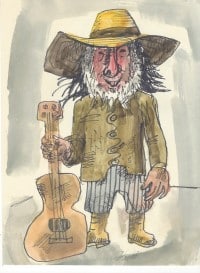
Terry Sanville lives in San Luis Obispo, California with his artist-poet wife (his in-house editor) and two plump cats (his in-house critics). He writes full time, producing short stories, essays, and novels. His short stories have been accepted more than 500 times by journals, magazines, and anthologies including The American Writers Review, The Bryant Literary Review, and Shenandoah. He was nominated three times for Pushcart Prizes and once for inclusion in Best of the Net anthology. Terry is a retired urban planner and an accomplished jazz and blues guitarist. This illustration of Terry was created by his late friend John Barnard.
.
.
Watch a 1959 televised recording of George Shearing and Peggy Lee performing his composition “Lullaby of Birdland”
.
.
___
.
.
Click here to read other editions of True Jazz Stories
Click here to read The Sunday Poem
Click here to read “The Old Casino,” J.B. Marlow’s winning story in the 64th Jerry Jazz Musician Short Fiction Contest
Click here for details about the upcoming 65th Jerry Jazz Musician Short Fiction Contest
Click here to subscribe to the Jerry Jazz Musician quarterly newsletter (it’s free)
Click here to help support the continuing publication of Jerry Jazz Musician, and to keep it ad and commercial-free (thank you!)
.
.
___
.
.
Jerry Jazz Musician…human produced (and AI-free) since 1999
.
.
.





